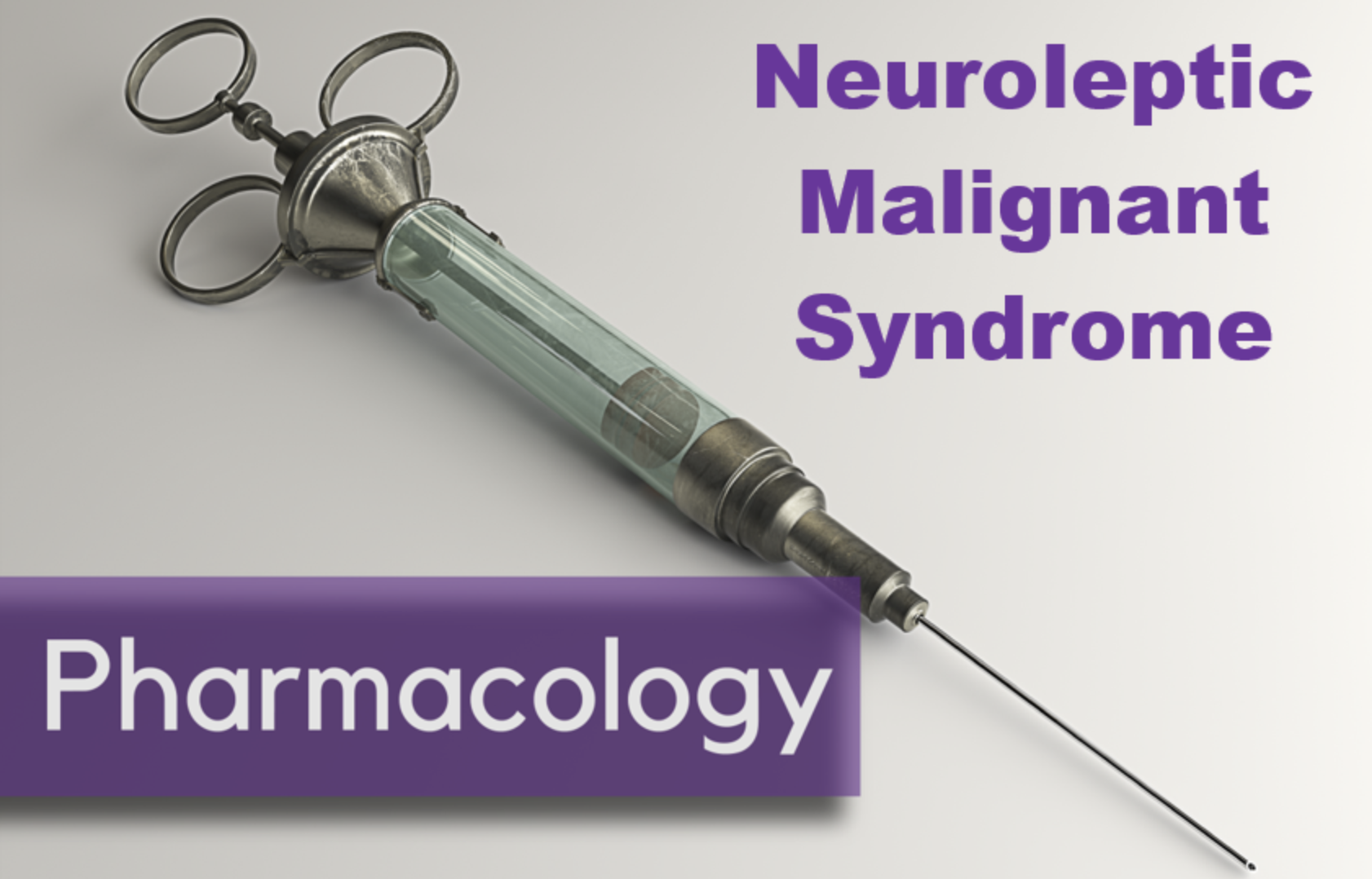Written by: Melissa Kubacki, MD, MS (NUEM ‘26)
Expert Commentary by: Jason Liu, MD
Introduction
Initially developed for wartime use, chemical riot control agents were first used widely during World War I in attempts to disperse opposing troops. Post war, it was heavily marketed in traveling trade shows throughout the United States as “blinding, painful poison gas” with taglines such as “make a mob terrified and cry screaming.” It’s widely available to police forces, and now even the public. That cute pink pepper spray keychain you got as a gift when you first moved away to college from your overprotective father (no, just me?) is a great example of the easy public availability of what was once a war time weapon. Ironically, they have been banned from wartime use since 1993. Nonetheless, that terrified, crying, screaming patient you see in your Fast Track one day knows all too well the feeling of the blinding, painful poison gas someone sprayed in their eyes. It’s important you know how to help and calm them or you may have World War III on your hands.
Agents
There are three common agents used in chemical riot control: chloroacetophenone (CN), o-chlorobenzylidene malononitrile (CS), and oleoresin capsicum (OC). All three are lacrimators and typically come in aerosolized or liquid forms. They can be deployed through grenades, canisters, or handheld spray devices. These agents all act on transient receptor protein channels (TRPs). One specific subtype receptor is TRPA1, a nociceptor, which when activated, causes the sensation of scalding heat and pain. OC and other capsaicinoids act on the TRPV1 subtype, found on peripheral sensory nerves and all solid organs. Together, the TRPA1 and TRPV1 subtypes converge on the common inflammatory pathway, releasing Substance P–that old friend your remember from medical school who increases inflammation and pain.
Local Effect
With little exception, riot control agents cause similar symptoms and local effects. Onset of symptoms after exposure is usually quite quick–anywhere from 20-60 seconds. Ocular and respiratory symptoms are the most common and quickest to appear. These include lacrimation, blurred vision, pain, rhinorrhea, drooling, coughing, choking sensation and chest tightness. Patients are exposed to larger quantities of riot control agents or find themselves stuck in an enclosed space with them can develop more severe symptoms such as bronchospasm, pneumonitis, hemoptysis, blindness, glaucoma, anaphylaxis and even death (often secondary to chemical burns to the respiratory tract). Long term effects are unlikely to occur if the patient is able to remove themselves from the exposure in a timely manner. Most cases self resolve within 10-30 minutes of removal from the offending agent. Permanent damage is very rare.
Initial Evaluation
Remember the ABC(D)’s of emergency medicine: decontamination. Removing the patient from the noxious environment and the noxious substance from the patient should be the first priority. Treat riot control agents like you would any hazardous material. Most of the initial work may be done by emergency medical services, but some patients may self present, especially in the cases of isolated pepper spray exposure or in large mass use events. As the care provider, wear PPE to protect yourself; this may include a gown, gloves, face mask/respirator, face shield, goggles, and shoe covering.
Most of the initial evaluation of these patients is examination with subsequent management. There is no widely available identification test for riot control agents. Lab work and imaging has little utility unless more serious symptoms and signs occur such as respiratory difficulties, which may require blood gas and chest x-rays.
Management
As alluded to above, decontamination is the first and foremost management and treatment of riot control agent injury. The ultimate goal of treatment is symptomatic relief. There are some specifics to decontamination and management of each organ system affected:
Airway
Protect the airway, secure as needed. Suction copious secretions. For bronchospasm, administer beta agonists and steroids. This may be more common in those with underlying pulmonary disease such as asthma, emphysema, and bronchitis. Provide supplemental oxygen to maintain adequate oxygen saturation, which may be required in acute lung injury.
Occular
Irrigate. Irrigate. Irrigate. Water or saline both work fine but the important point is that riot control agents require prolonged irrigation, often at minimum 10-20 minutes, until symptoms resolve. Remove contact lenses prior to irrigation if able. If not, you can apply a Morgan lens on top of the contact lens, which is still able to deliver irrigation and may facilitate easier removal once symptomatically improved. Administering local anesthetic such as tetracaine drops can increase patient compliance with prolonged irrigation. CS exposures may require soap or shampoo to be added to irrigating solution, as they are poorly water soluble. Irrigating to a neutral pH to slightly alkalotic pH (7.5-8) can help guide duration of treatment.
Patients may develop self-inflicted corneal abrasions from rubbing their eyes so fluorescein uptake testing should be done and if present, steroids, pain medication, and topical antibiotics may be required. In severe cases of ocular burns, consult your friendly ophthalmologist for further recommendations.
Skin
Remove any particulate remains; this can be done through physical or mechanical means such as wiping, brushing, or rinsing. Irrigate copiously with water and cleanse with soap if CS or CN are suspected. Many other cleansing agents such as milk of magnesia, baby shampoo, and antacids have been studied as well but have not shown strong correlated benefit (though they likely will cause no harm). Wound care may be necessary for any burns that may occur. Topical or oral analgesia may also be of benefit.
Gastrointestinal
GI involvement is often minor and self limiting. Most patients who complain of involvement here likely have nausea and vomiting from oral exposure. This can be treated symptomatically with intravenous or oral hydration and antiemetics. The volume of ingested chemicals is often small so gastric lavage or charcoal are not needed.
Prognosis and Complications
Riot control agents are largely non lethal and prognosis is excellent. After about 10-20 minutes of decontamination and irrigation, most patients are back to pre-exposure baseline. However, when exposed for prolonged periods of time, in contained spaces or as a person with underlying medical conditions, complications can occur. These are largely pulmonary and related to pulmonary edema and chemical pneumonitis. Deaths are exceedingly rare but have occurred in literature. When concerned or if presentation appears atypical, phone in your friendly neighborhood toxicologist or poison control center for further guidance.
Conclusion and Pearls
Decontamination and adequate, early irrigation are key to symptomatic relief and speedy recovery
Most cases are minor and resolve with removal of the offending agent. Complications are rare but keep them on your mind if your patient does not improve expectedly.
References
Centers for Disease Control and Prevention. (2018, April 4). Facts About Riot Control Agents. Centers for Disease Control and Prevention. https://emergency.cdc.gov/agent/riotcontrol/factsheet.asp
Madsen, James M. “Riot-Control Chemical Agents.” Merck Manuals Professional Edition, Merck Manuals, 12 Nov. 2023, www.merckmanuals.com/professional/injuries-poisoning/mass-casualty-weapons/riot-control-chemical-agents.
Quiroga-Garza, Manuel E., et al. “Noxious Effects of Riot Control Agents on the Ocular Surface: Pathogenic Mechanisms and Management.” Frontiers, Frontiers, 4 Jan. 2023, www.frontiersin.org/articles/10.3389/ftox.2023.1118731/full.
Tidwell RD, Wills BK. Tear Gas and Pepper Spray Toxicity. [Updated 2023 May 14]. In: StatPearls [Internet]. Treasure Island (FL): StatPearls Publishing; 2023 Jan-. Available from: https://www.ncbi.nlm.nih.gov/books/NBK544263/
Tintinalli, J. E., Cydulka, R. K., & Petrini, F. (2020). Toxicology. Tintinalli's: Manual of Emergency Medicine. In A.D. Editore (Ed) (pp. 1385–1392).
Expert Commentary
Chemical riot control agents are irritants that, fortunately, rarely cause severe injury. As discussed above, there are some key things to remember.
Decontamination is the first action to take. With any hazardous material/chemical contamination, decontaminate the patient before rendering any care. This stops any further exposure to the patient, and prevents any secondary contamination to you as the provider caring for them. Decontamination procedures are a whole other talk, but there are some key principles: Never contact a contaminated patient unless you are properly geared up in the appropriate personal protective equipment (PPE). Removing clothing will remove most of the contamination. Then wash with copious amounts of soap and tepid water.
Management for riot control agents is supportive. There is no specific antidote. Instead, treat the patient’s symptoms as needed. As mentioned, the chemical irritation from riot control agents can exacerbate underlying medical issues (such as respiratory conditions).
Jason Liu, MD, MPH, FAEMS
Professor; Medical Director, EMS Disaster/Emergency Preparedness
Medical College of Wisconsin
How To Cite This Post:
[Peer-Reviewed, Web Publication] Kubacki, M. (2025, August 7). Chemical Riot Control Agents [NUEM Blog. Expert Commentary by Liu, J]. Retrieved from http://www.nuemblog.com/blog/mk-riotcontrol.












